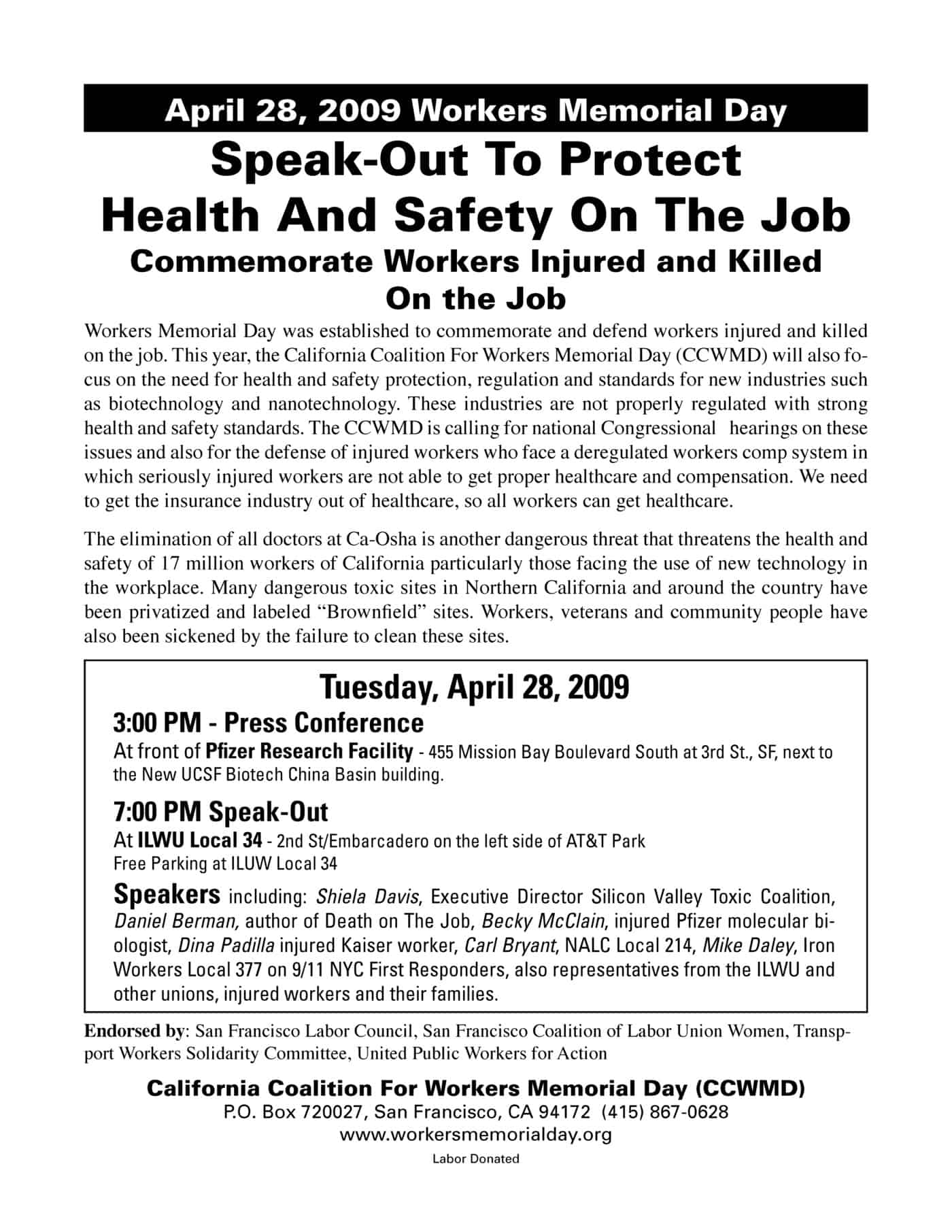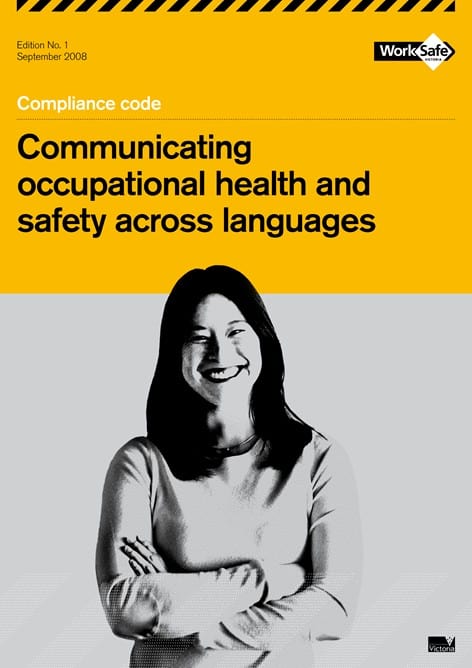In the Men’s Health page (page 59, not available online) of the Australian Financial Review on 16 April 2009 was a mention of a verified case of genetic discrimination in worker’s compensation.
It says that a woman slipped at work and lodged a worker’s compensation application. The assessment tribunal noted that some members of her family manifested Huntington’s disease which, in its early stages, may cause clumsiness and the tribunal requested a genetic test for the Huntington’s gene.
It is a shame that this article was limited to the Men’s Health page as the issues raised have considerable impact on how safety and return-to-work obligations are handled in workplaces.
There are two studies quoted in the article and it is unclear which had the worker’s compensation case quoted. It may have been Genetics in Medicine but blog readers’ help would be appreciated.
An interesting short article on genetic discrimination from late-March 2009 is available online.


